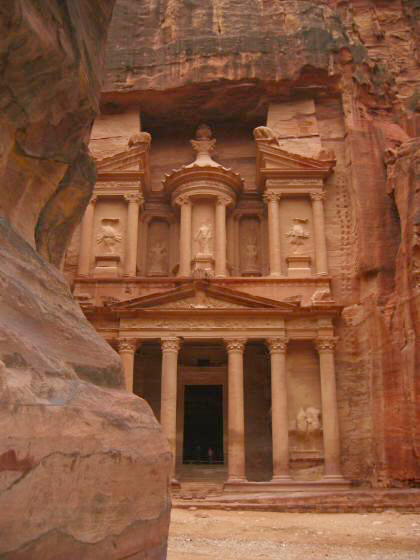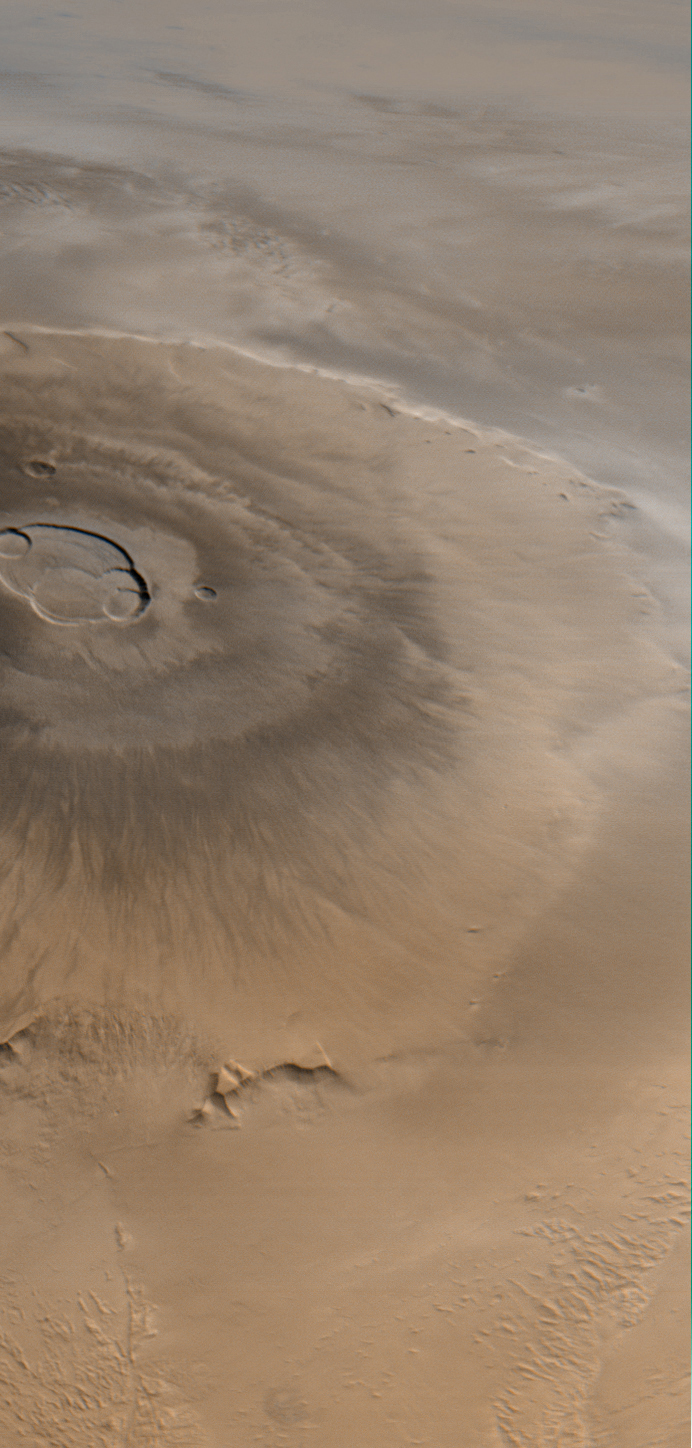| Thirteen Things about Aginoth
It's Thursday again....
So what shall it be today
13 Places I'd like to go visit. One I've already been too, some I will definitely get too, one that is totally out of reach....I've spent an hour or so looking for good pictures and descriptions, I hope you enjoy them
1. Chitzen Itza, Mexico.
Been here (2002), fabulous place, climbed the El Castillo Pyramid in 42°C.

2. Petra, Jordan.
Petra (from "petra", rock in Greek; Arabic: البتراء, al-Bitrā) is an archaeological site in Jordan, lying in a basin among the mountains which form the eastern flank of Wadi Araba, the great valley running from the Dead Sea to the Gulf of Aqaba. It is famous for having many stone structures carved into the rock.

3.Jarlshof, Shetland Islands, Scotland.
Jarlshof is the best known prehistoric archaeological site in Shetland, Scotland. It lies near the southern tip of the Shetland Mainland, close to the settlements of Sumburgh and Grutness.
Buildings on the site include remains of a Bronze Age smithy, an Iron Age broch and houses, Pictish houses, Viking longhouses and a mediaeval farmhouse. Also on the site is a seventeenth century manor house, which Walter Scott named Jarlshof in his novel The Pirate. The rest of the site was not rediscovered until the late nineteenth century.

4. Skara Brae, Orkney, Scotland
Skara Brae is a large stone-built Neolithic settlement, located in the Bay of Skaill on the west coast of mainland Orkney, Scotland. The level of preservation is such that it has gained UNESCO World Heritage Site status. It is one of four such Scottish sites, the others being the Old Town and New Town of Edinburgh; New Lanark in South Lanarkshire; and St Kilda in the Western Isles. It is Europe's most complete Neolithic village.

5. Uluru, Australia
Uluru, also known as Ayers Rock, is a large sandstone rock formation in central Australia, in the Northern Territory. It is located in Uluru-Kata Tjuta National Park, 440 km southwest of Alice Springs. Uluru is sacred to the Pitjantjatjara and Yankunytjatjara, the Aboriginal people of the area, and has many springs, waterholes, rock caves and ancient paintings. It is listed as a World Heritage Area for both its cultural and natural values. 
6. Antarctica
No real reason other than curiosity. I want to see a real wilderness, and it's about as alien a landscape as I will ever have the chance to visit as I doubt commercial space travel will become a reality anytime soon 
7. Nile Cruise and the Antiquities of Egypt
Pyramids...Valley of the Kings...What's not to like... 
8. Kenya
Come see the Lions.... eating the Zebras. I especially want to visit the Masai Mara Game Reserve.

9. Canada
I'd love to do a Coast to Coast Tour of Canada, and maybe stop in at the Just for Laughs Comedy Festival, Binge on Maple Syrup Candy?

10. Edinburgh Fringe Festival
Been to Edinburgh many many times, but I'd love to have a Month off there and do as many Fringe shows as possible. The Edinburgh Fringe (or just The Fringe) is the world’s largest arts festival. It takes place in Scotland's capital during three weeks every August.
For some years, the official name of the festival was the Edinburgh Fringe Festival; it now (2006) seems to have reverted to the original Edinburgh Festival Fringe.

11. Pompeii and Herculaneum
Pompeii and Herculaneum are ruined Roman cities near modern Naples in the Italian region of Campania, in the territory of the commune of Pompei. Destroyed during a catastrophic eruption of the volcano Mount Vesuvius in AD 79. The volcano buried the city under many feet of ash and lost for 1,600 years before its accidental rediscovery. Since then, excavation has provided an extraordinarily detailed insight into the life of a city at the height of the Roman Empire. Today, they are one of Italy's leading tourist attractions and are a UNESCO World Heritage Site.

12. Machu Picchu, Peru
Machu Picchu (Quechua: Old Peak; sometimes called the "Lost City of the Incas") is a well-preserved pre-Columbian Inca ruin located on a high mountain ridge. Elevation measurements vary depending on whether the data refers to the ruin or the extremity of the mountain; Machu Picchu tourist information reports the elevation as 2,350 m (7,710 ft) [1]. Machu Picchu is located above the Urubamba Valley in Peru, about 70 km (44 mi) northwest of Cusco. Forgotten for centuries by the outside world, although not by locals, it was brought back to international attention by Yale archaeologist Hiram Bingham who rediscovered it in 1911, and wrote a best-selling work about it. Peru is pursuing legal efforts to retrieve thousands of artifacts that Bingham removed from the site.

13. Olympus Mons, Mars
The Largest Volcano in the Solar System. The central edifice stands 25 kilometres (about 88,600 feet) high over its base (about three times the height of Mount Everest above sea level and 2.6 times the height of Mauna Kea above its base); it reaches 22 km (13 miles) above the mean surface level of Mars, since it stands in a 3 km (1.8 mile)-deep depression[1]. It is 550 km (342 miles) in width, flanked by steep cliffs, and has a caldera that is 85 km (53 miles) long, 60 km (37 miles) wide, and up to 3 km (1.8 miles) deep with six overlapping pit craters. Its outer edge is defined by an escarpment up to 6 km (4 miles) tall unique among the shield volcanoes of Mars.
The size of Olympus Mons is so great (roughly the size of the American state of Arizona) that a person standing on the surface of Mars would be unable to view the profile of the volcano even from a distance as the curvature of the planet would obscure such detail. The only way to view the mountain properly is from orbit. Similarly, if one were to stand on the highest point of its summit, the slope of the volcano would extend all the way to the horizon.
]
Links to other Thursday Thirteens!
|



















